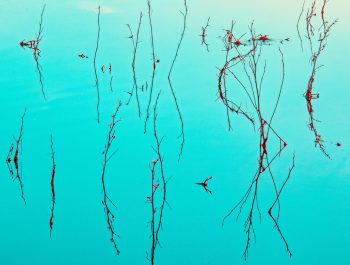The Language Of Art Part 4 – The Referent
We need words to make things real. When something is given a specific name, it becomes tangible, identifiable, and unique
Alain Briot
Introduction
In my first essay in this series, I introduced the concept of the referent. I talked about what it is and what role it plays. However, I did so ‘in passing,’ so to speak. I now want to go over it again in this fourth essay because it is time to go further into the presentation of what is a fundamental concept of the art language. What follows is an attempt at doing so by detailing both the meaning and the implications that the referent carries.
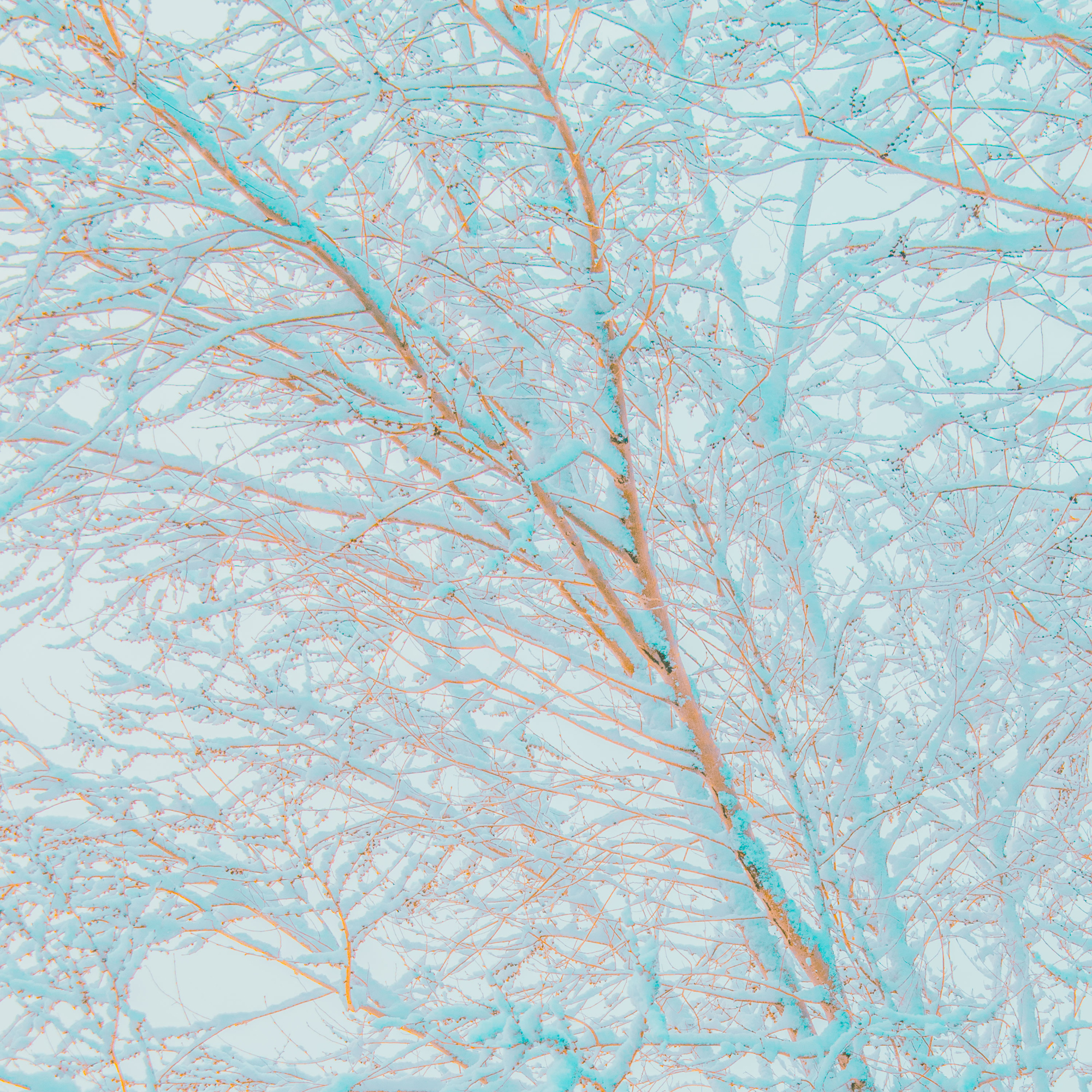
The Mysterious Aspect of Art
The art language is a mystery to those not trained in the creative arts, just like any foreign language is a mystery to those who are not trained in this language. Whether they are visual, auditory, lingual or other, languages are not understandable to non-speakers.
This means that all languages are mysterious for non-speakers. However, this mystery takes place differently depending on the medium used by this language. For example, verbal language is mysterious to non-speakers because we do not understand what is being said. Visual languages operate differently. Unless what an artist depicts is abstract, there is no mystery as to what is being represented. Even though we may not speak the language of art, we can see what is depicted in the image.
The Invisible Aspect of Art
However, there is something in a work of art that we cannot see, a mystery specific to the language of art. This mystery is what I call the referent. The referent is the artist’s intent, the artist’s point of reference, in short, what the artist refers to through depicting specific elements.
The referent is the invisible aspect of art. The artist refers to it when creating a work of art but never mentions it explicitly. Because the referent is invisible and not explicit, it emphasizes the foreign nature of the artistic language.
The reason why the referent is invisible is because it is rarely mentioned or described. Similarly, the reason(s) why an artist values a specific referent is rarely, if ever, explained. When an artist releases a work of art for public viewing, a text explaining the point of reference the artist used to create the work is rarely present. When such a text is present, it rarely, if ever, refers to the actual referent used by the artist. Instead, this text refers to mundane, commonplace, or expectable aspects of the artist’s life.
I understand this point can be contentious and debatable, so let’s take a few examples. For a landscape photographer to say, in their artist statement, that they photograph the landscape because it
is a source of inspiration and creativity is stating the obvious. How could it not be that way? No artist would depict a subject that does not inspire them or make them creative. Similarly, for landscape photographers to say that their photographs are, how do you say 123 attempts at recreating what they saw and felt when they experienced the original scene is also to state the obvious. What else could the photograph represent? An attempt to not express what they saw and felt? Again, for a color photographer to say they are in love with color, or for a black and white photographer who is enamored with shades of grey, it is again stating the obvious. Why work in color if they do not like color? Why work in black and white if they are not sensitive to shades of grey?
It is difficult to argue against these points. So, what is the referent then? What is the artist referring to but does not mention, even when they intentionally provide a back story for their work? And why is it not mentioned by the artist?
The reasons are multiple. First, as I just stated, most artists do not explain their work. Second, those who do often believe that the obvious referents they mention are the only ones at work. Third, many artists do not seek deeper explanations for their work besides the ones that fall into the obvious category. Fourth, those seeking deeper explanations may not want to reveal those for personal reasons. Fifth, there can be multiple referents at work in a work of art, and the artist may be aware of or may mention only, some of them.
What this means is that looking at a work of art and reading information about it if it is available, is only one aspect of understanding art. To go further, to understand art in a fuller and deeper manner, we must search for information and answers by ourselves. Because this requires work, this is done only by passionate art viewers who are not satisfied with the information made available to them and who want to further their understanding of art.

Meaningful Referents
So, what can the referent be if it is not what I consider to be the overused, and thus hackneyed, referents mentioned above? Many things. The referent can be the artist’s style, provided that this style is unique to the artist. It can be the art movement that the artist embraces or that the artist started. It can be a specific artistic emphasis such as color, form, composition, or any of the fundamental aspects of art (see my other writings about art for a detailed description of the fundamental artistic aspects). Hopefully, it can be another artist as a point of departure and not as a copycat reproduction. It can be a life event that defined their vision of art. It can be their upbringing, the place they grew up or, the influence of their parents, significant others or accidental meeting with individuals who shaped their artistic sensibility. There can be other factors that I failed to mention. Finally, it can be a combination of several of these factors.
Understanding the Referent
Whatever these factors might be, and therefore whatever the resulting referent might be, knowing it matters. Why? Because knowing this referent is the first step towards understanding a work of art. You might ask, why is understanding a work of art important? Can’t I just enjoy looking at it? You certainly can if this is all you need to be content. However, you might be part of a group of art aficionados for whom just looking at art is not enough. For members of this group, of which I am one, understanding what motivated the artist to create a specific piece is just as important as enjoying looking at that piece. In fact, let me rephrase this. Understanding why an artist created a specific piece is why I enjoyed this piece in the first place.
Going Beyond Negative Opinions
This is important for some of us. However, there is another and wider-ranging reason to seek a better or fuller understanding of a work of art: to prevent generating a negative opinion of the work. Lack of understanding of a specific work of art often leads to a negative opinion of this art. As a result, people say that they do not like a work of art when they do not understand what this work of art means or why it was created. To search for the artist’s referent brings light to these missing pieces of information. It fills the blanks, so to speak. As I just said, finding this requires research, meaning it requires work. To justify doing this work, we need to believe that finding the artistic intent of the artist is important. We also need to believe that only after the referent is known to us can we decide what we think of the work. If these conditions are not met, then the energy and motivation required to do this research will not be present, and the referent will not be sought.
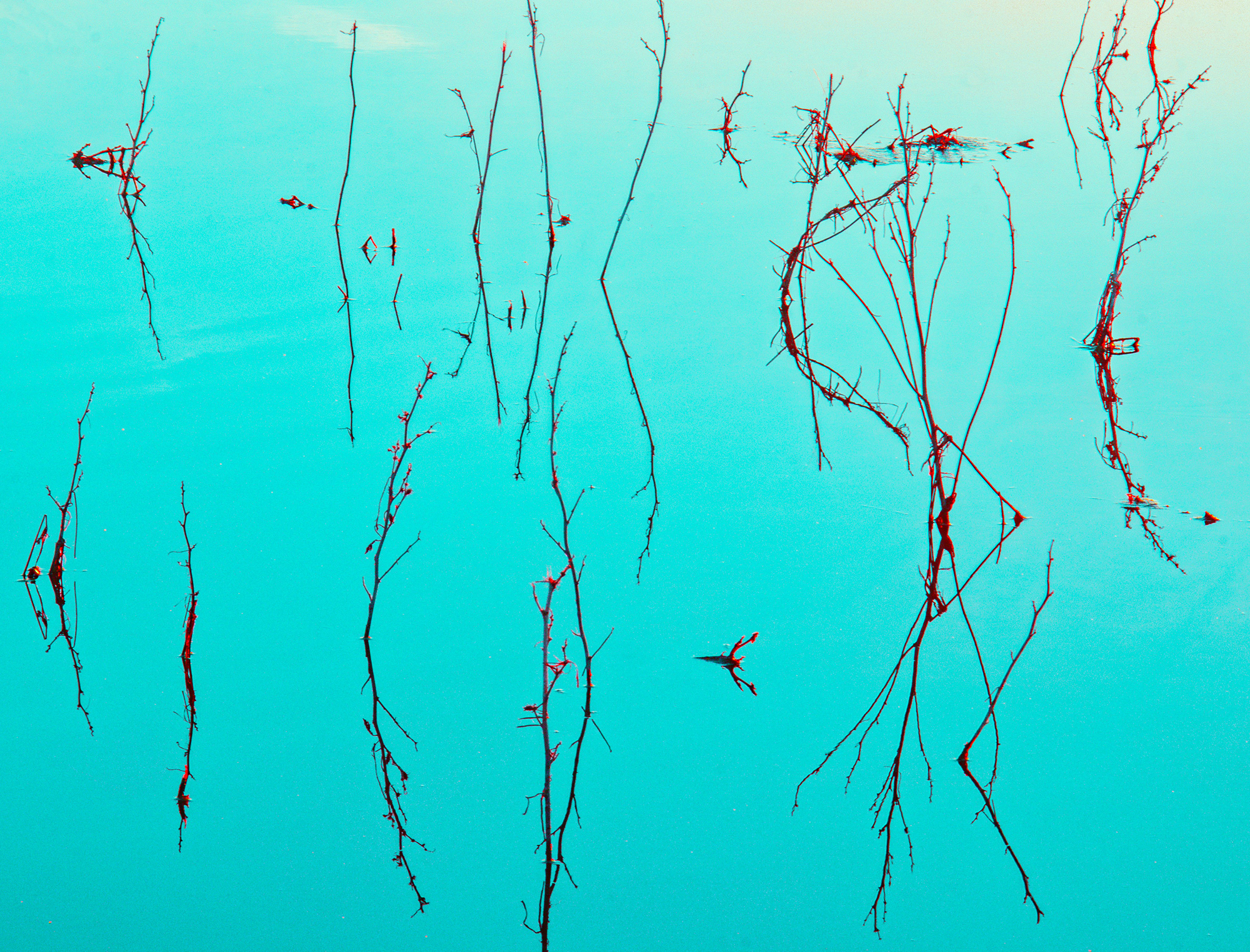
Artist Statement and Referent
At this point, I think it is essential, or at least useful in this discussion, to give some examples of referents. I could, of course, take as an example the work of other photographers, well-known preferably, so that the majority of readers can relate to them. However, these being well known, their referents are well known. And just as well, these referents are not only hackneyed and commonplace; they have become a mold for a large number of referents used by landscape photographers today. Nothing wrong with that. These referents, meaning those of well-known
landscape photographers, even though they may have been accurate in their time (at least in part), have by now become clichés.
To mention them in the context of this essay would be as useless as the artist statements that say ‘the artist uses only the finest cameras, paper, ink, and other materials, their prints are archival, private and corporate buyers widely collect their work, and they have received numerous awards.’ While favored by a multitude of photographers, such statements are pointless. We expect no less when buying original art. Who wants to invest in art that is going to fade? Who wants to invest in art done with low-quality materials? Who wants to collect art done by artists who have never sold anything to anyone? Who cares about art done by artists who never received accolades of any sort? But more importantly, what have we learned here about the artist’s referent in such artist statements? Nothing. And yes, just to be clear, an artist statement is a place where the referent is often provided by the artist, even though, as I am showing here and in previous paragraphs, this referent is not only obvious it does not necessarily help the audience understand a specific artist’s work.
I could, of course, name artists who do better than that, artists who write artist statements that are meaningful and help their audience understand their work. However, I decided to talk about my own referent instead. I took this decision because I know my referent better than anyone and because it is most relevant to this discussion, this series of essays being about my approach to artistic creation.
My Referent
I break down my referent into two categories: physical and personal.
Regarding the physical or visual content of my images, my referent is form and color. I say referent and not referents because I consider form and color indissociable. I know they can be dissociated; I don’t dissociate them when I create images.
Regarding my personal experience living in the world, my referents are my readings, the art I like, the people I met, my teachers, my studies, my research, and my personal experience of life at large.
My referent is not my direct experience of the landscape. My artistic goal, therefore, is not to show the landscape the way I experienced it in person when I was physically present at a specific location at a specific time. My goal instead is to represent the landscape in a way that makes me happy. I want to feature in my landscapes the colors I like, the contrasts I like, the light I like, the forms I like, and so on.
With film, this was frustrating because very little could be changed in the images I captured on film. With digital processing, this has become rewarding because every aspect of what the camera captures can be changed during processing. Therefore, I do change pretty much every aspect of my captures. Why? Because I can and because doing so is satisfying. It is rewarding, pleasurable and enjoyable. My work is therefore the outcome of a self-rewarding process. In that sense, my referent is myself and all that came into making me who and what I am now.
Making these changes is part of my artistic process. As I explained in my previous essay, I name the process I use after the techniques I use. If I use LUTs (Look Up Tables) to transform the colors of my images, I call the process Lutism. If I use Lightroom or Photoshop to transform the colors, I call the process Colorism. And because I manipulate each and every photograph I capture, I call the overall process Manipulatism.
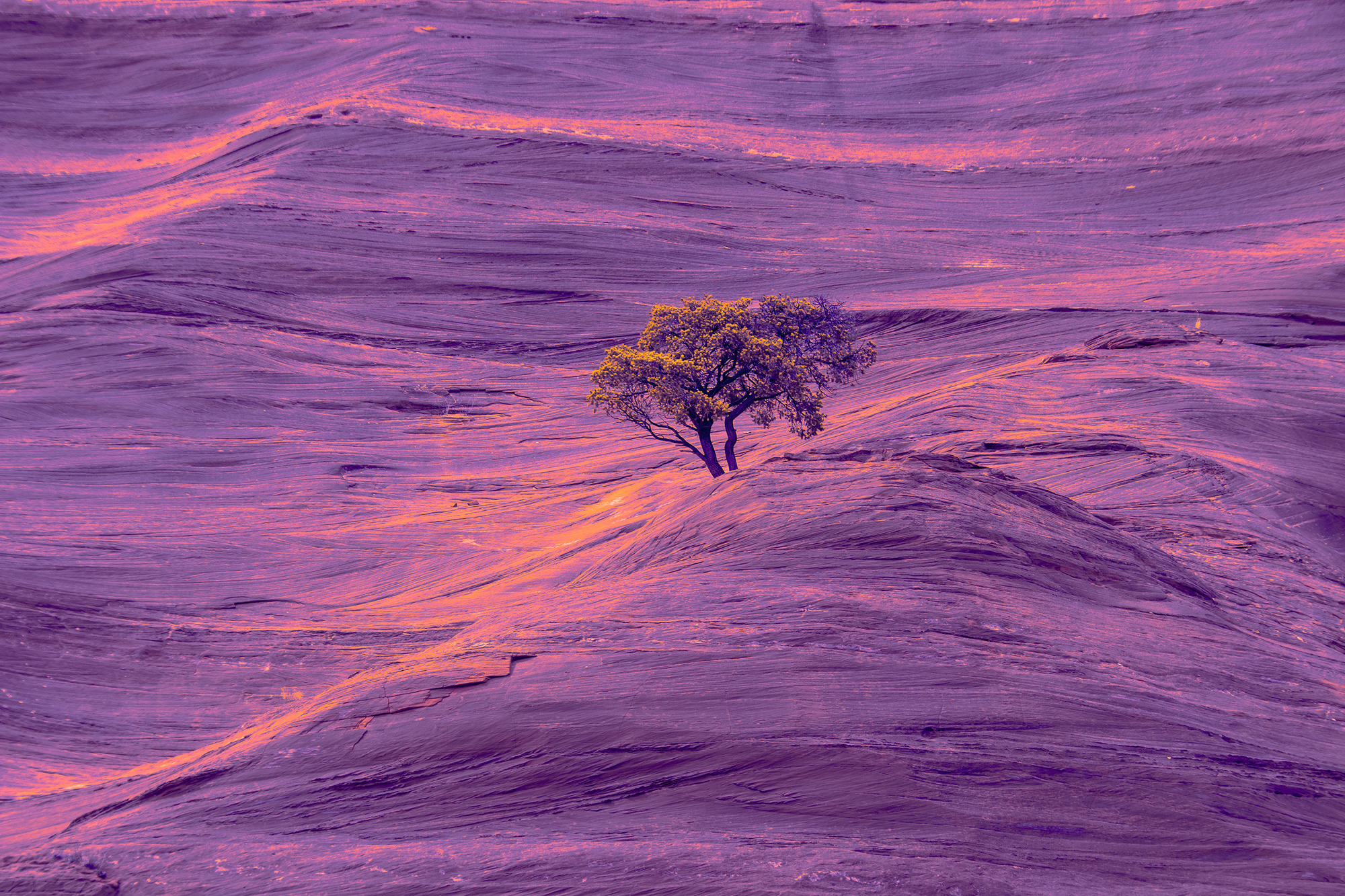
Conclusion
In short, and in conclusion, the referend is what the audience needs to know to understand a work of art the way an artist intended it to be understood. It is what the audience needs to decipher a work of art.
Without this understanding, we are left to suppositions regarding the artwork’s meaning. Often, this lack of understanding and guesswork leaves us with no other option than deciding whether we like or dislike the work of art we are contemplating. This primitive duality, yes or no decision, and black-or-white approach are a testament to our inability to dig below the surface of the work. To limit our appreciation of a work of art to the fact that we like or do not like it means that we do not want to understand or search for the artist’s referent. It means we do not believe that knowing this referent is important. It means we only want to decide what we think of the work.
The referent is what links the artist and the audience. By refusing to understand what the artist intends to say, we refuse to create a relationship between us and the artist. Without knowledge of the referent, the artist and the audience have no connection. The vision of the artist is unknown to the audience. The motivation of the audience is superficial for the artist. The artist and the audience cannot understand each other. No communication is possible.
Coming Next
The next essay in this series will focus on mythology. Just like the referent, this is a subject I addressed previously in this series but that I want to revisit in order to cover it in greater detail.
About Alain Briot
I create fine art photographs, teach workshops with Natalie, and offer Mastery Tutorials on composition, image conversion, optimization, printing, business, and marketing. I am the author of Mastering Landscape Photography, Mastering Photographic Composition, Creativity and Personal Style, Marketing Fine Art Photography, and How Photographs are Sold. All four books are available in eBook format on our website at this link. Free samplers are available.
You can find more information about our workshops, photographs, writings, and tutorials and subscribe to our Free Monthly Newsletter on our website HERE. You will receive 40 free eBooks when you subscribe.
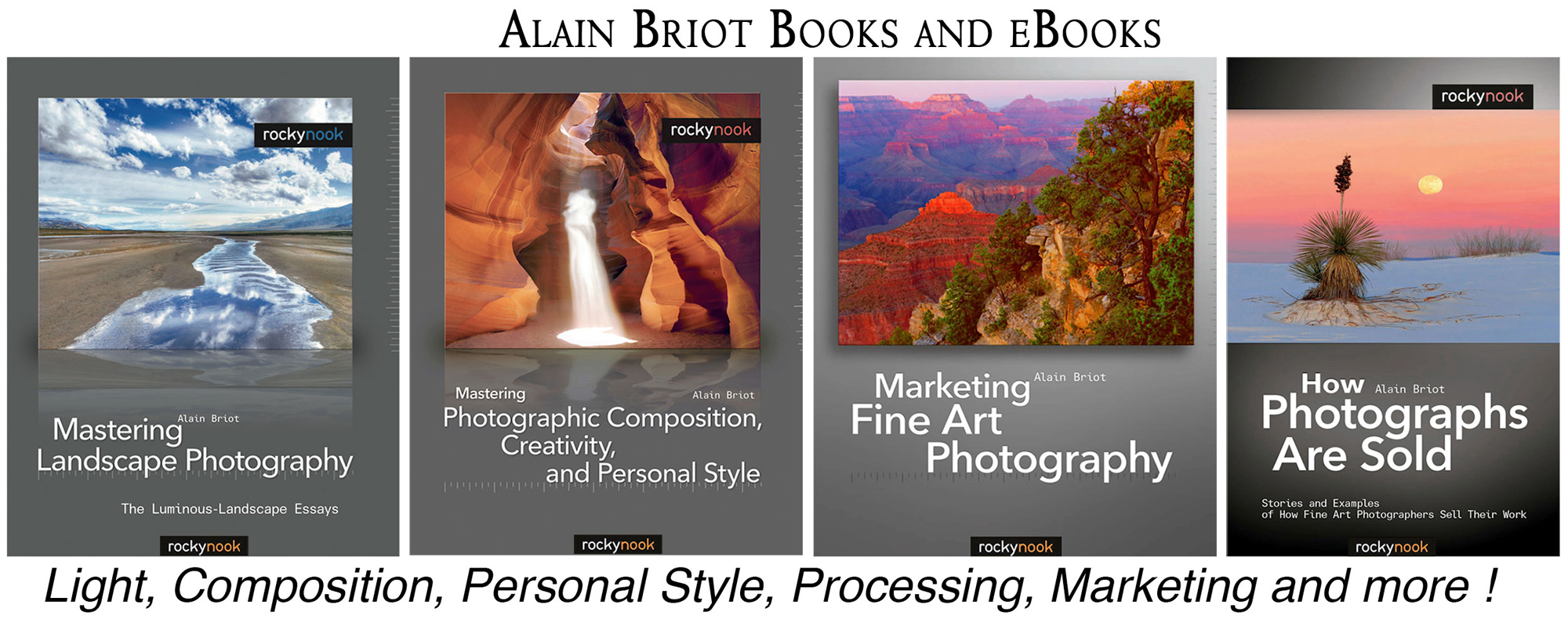
Studying fine art photography with Alain and Natalie Briot
If you enjoyed this essay, you will enjoy attending a workshop with us. I lead workshops with my wife Natalie to the most photogenic locations in the US Southwest. Our workshops focus on the artistic aspects of photography. While we do teach technique, we do so to create artistic photographs. Our goal is to help you create photographs that you will be proud of, and that will be unique to you. The locations we photograph include Navajoland, Antelope Canyon, Monument Valley, Zion, the Grand Canyon, and many others. Our workshop listing is available at this LINK.
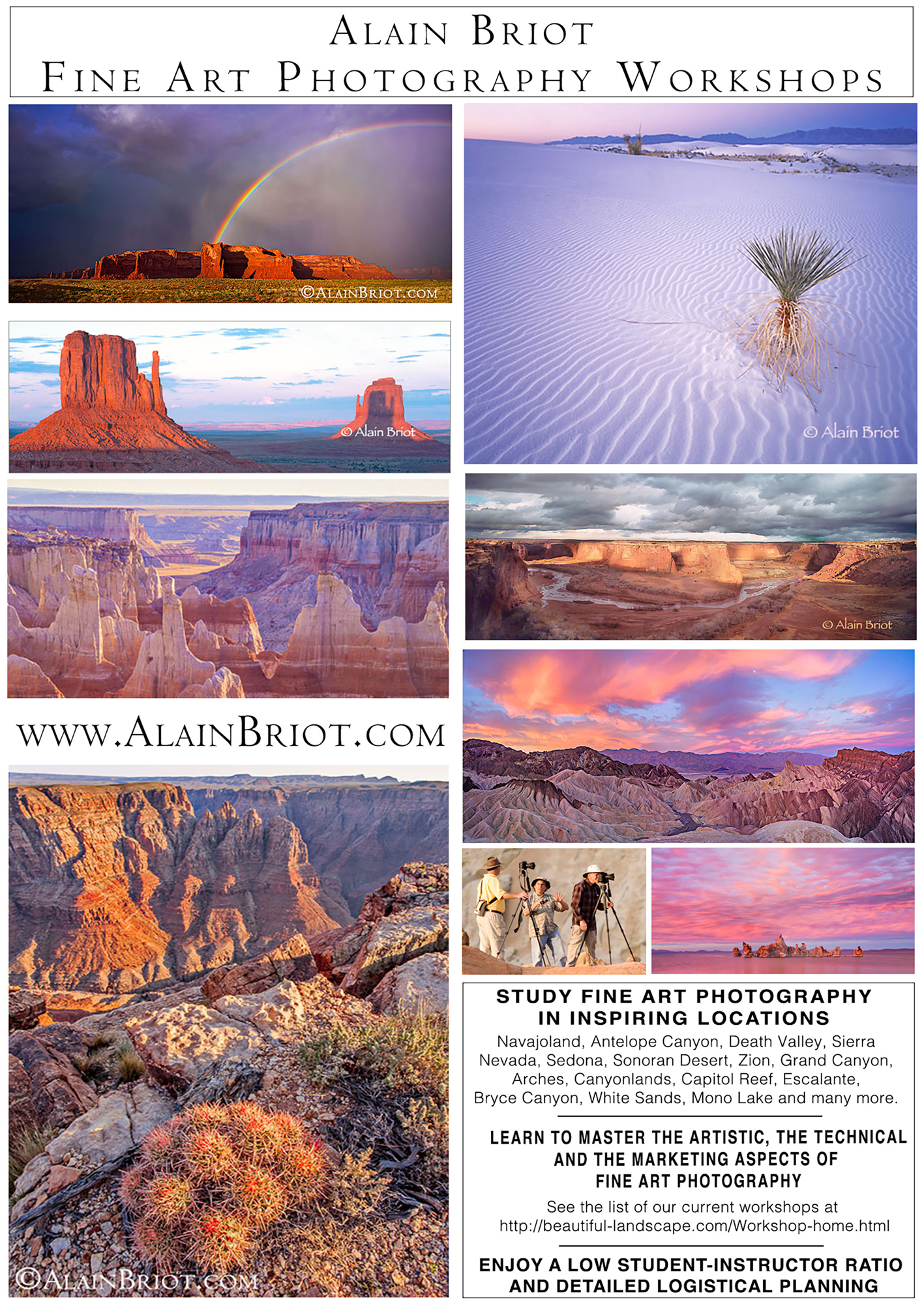
Alain Briot
July 2023
Glendale, Arizona
Author of Mastering Landscape Photography,Mastering Composition, Creativity and Personal Style, Marketing Fine Art Photography, and How Photographs are Sold. http://www.beautiful-landscape.com [email protected]







